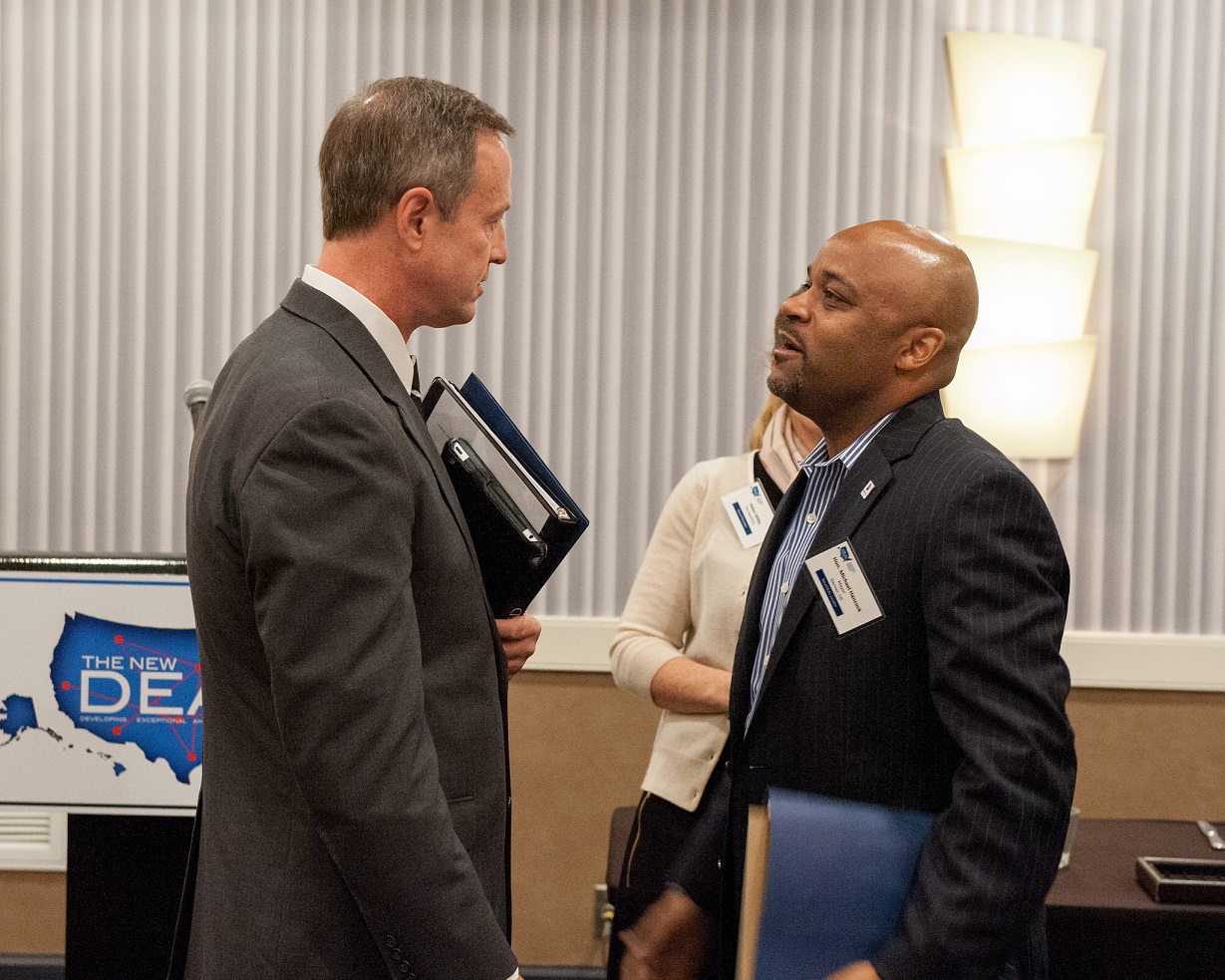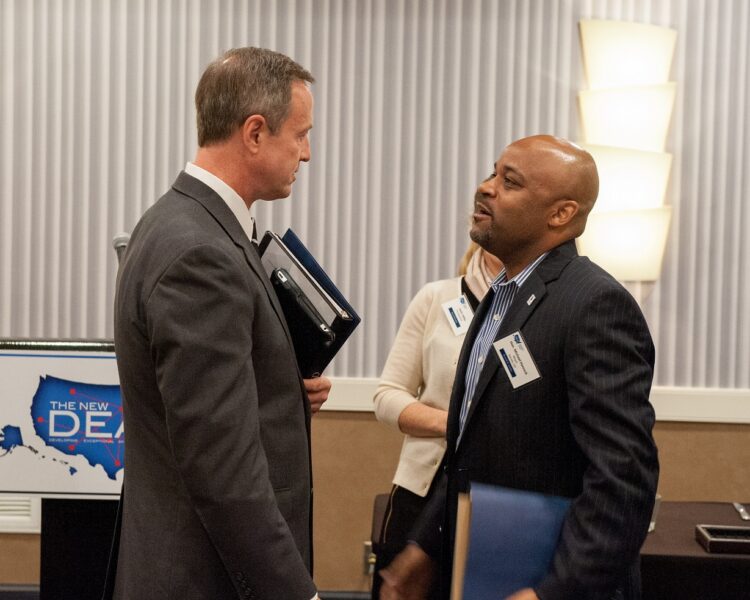
Let’s face facts. Sales people love to close sales, because that is how they are incentivized, through sales commissions. Call it the thrill of the hunt. Most sales teams, sales managers and sales pipeline reports are all built up around closing the sale. The sad reality is, closing the sale is only the first step in hopefully maintaining a long-term recurring relationship with that customer, which is going to require impressing them time-and-time-again throughout the course of the relationship. This means: you never really end the sales process at all. Let me further explain.
Getting from Pilot Programs to Long Term Contracts
Most enterprise scale contracts never start at the full level. Customers typically like to “try before they buy,” As an example, maybe they will commit to running a $50,000 pilot program with you, before handing over $500,000 for the full cost of the annual license. So, what does that mean? Your salesperson most likely got the adrenaline lift from closing the pilot program, and they are on to hunting the next big deal.
But, that is a huge mistake. This customer needs their hands held more than ever during the pilot program. It is critical the tests go well. And, customers do not feel like their primary sales executive has disappeared. The sales executive needs to stay all over the fulfillment team to make sure everything goes perfectly “as advertised.” Because if they do not, they are risking the customer not pulling the trigger on the bigger ticket multi-year contract, based on dissatisfaction with their first experience with your company. So, the pilot is not the finish line for the first sale, the long-term contract is. Especially, since most VC’s will not give you credit for clients, until they are out of pilot stage and into long-term relationships.
Fending Off Hungry Competitors
And, just because you closed a long-term contract with a customer does not mean you own that relationship in perpetuity. Your competitors will be continuing to fire bullets in your direction. Their sales people will be pitching and romancing your customers over and over again, until they ultimately win the business. Which you need to prevent, as best as you can.
Your sales team needs to “protect your turf” at all times. Figure out which competitors are sniffing around the accounts. Learn what they are pitching your customers. Pitch your similar solutions. If you do not have similar solutions, tell your product team, so they can add the request into their future product roadmaps. Maintain great personal relationships with your customers. Because, at the end of the day, you are in the “people business,” and the happier you keep the “people,” — especially at the personal level — the more they are going to want to keep working with you.
Putting in Required Face Time Throughout the Year
At the time of the sale, you need to put your annual plan of attack in place on what you need to be doing with these customers over the course of the year. Think about setting up quarterly business reviews with your customers — not to “sell” them anything, but to inform them of key industry trends and to provide updates on how everything is going with the relationship. Provide suggestions for areas of improvement and be open with them on how things are progressing. Show that you “have their back,” and are more interested in seeing them succeed with your product, as opposed to simply trying to sell them something. Of course, you will be intently listening for upsell opportunities, but do not sell them during those meetings.
For quarterly business reviews, I would vary up the breadth and depth of those meetings based on the relationship’s importance to your business. So, think $100,000 accounts gets the updates from their sales executive once a quarter. And, $500,000 accounts, add in key executives from the company, in rotation, to those meetings — to show the company’s cares enough to send them. Additionally, $1,000,000 accounts get a visit from the CEO at least once a year.
Getting Customers to Renew
And, as I have said many times in the past: Closing the first sale is less important than closing the repeat sale. The repeat sale proves customers like your product and are happy with their experience with your business. And, it is materially more economical to drive revenue growth through customer retention, than it is to try to drum up new customers in the first place.
Imagine if you were a $5MM revenue business and you were losing half of your customers each year. Instead of adding $2.5MM in sales for 50 percent growth in year 2, your sales team is spinning its wheels just to see revenues stay flat. So, track your customer churn, and keep it to an absolute minimum.
The key message here: never take off your “sales hats.” Selling is an ongoing process, and needs to be built into your companies DNA throughout the entire customer lifecycle — over and over again! But, in a way, that the customer does not feel like they are being “sold” anything at all. So, carefully walk that line. Do not forget, selling responsibilities does not start and stop solely with the sales team. Make sure you create an “everyone sells culture” throughout your entire employee base, for maximum success here.
Image credit: CC by Maryland_GovPics



